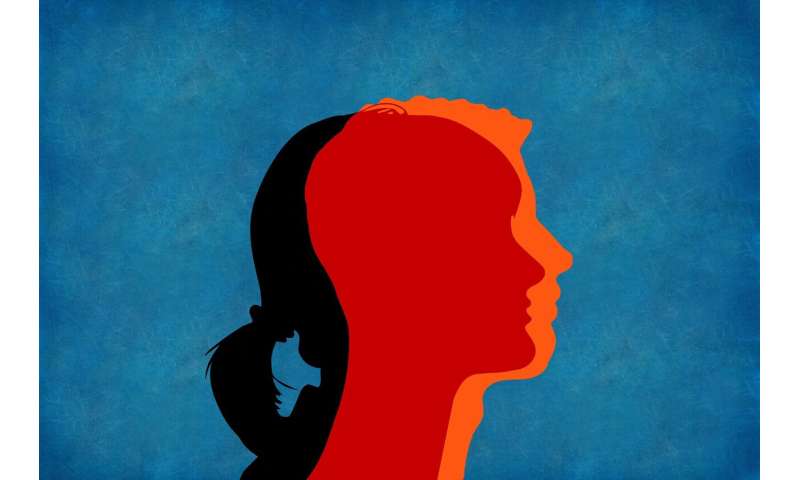
The first ever set of specific recommendations to support transgender autistic young people was co-created by these youth and their families working hand-in-hand with clinical experts. The resulting model offers clinicians a set of concrete ways to provide this unique population the support they need.
The recommendations, A Clinical Program for Transgender and Gender-Diverse Neurodiverse/Autistic Adolescents Developed through Community-Based Participatory Design, were published by the Journal of Clinical Child and Adolescent Psychology on May 4, 2020.
“The idea of patients helping to co-design their own care isn’t new, but including the perspectives of autistic youth in their own care is quite new,” says John Strang, Psy.D., who directs the Gender and Autism Program within the Center for Autism Spectrum Disorders at Children’s National Hospital.
He continues, “And for the many youth who are both transgender and autistic, including their voices and perspectives in their clinical care is critical. Without their input, there is a great risk for misunderstanding their needs—and for marginalization.”
“This was an important process in which to participate, and will hopefully help those—autistic people, trans people, and autistic trans people alike—who often only see themselves represented by cisgender, neurotypical researchers and providers. It is a relief to be a part of creating something like this,” adds Marissa Alexa McCool, a co-researcher who is an autistic transgender woman.
The new publication builds on previously published broad clinical guidelines for providers, now integrating the perspectives of autistic transgender individuals themselves. The program includes specific approaches for supporting young people in their diverse needs, and identifies three key components central to this care:
The perspectives included in the new clinical program were from a range of ages and backgrounds, as well as across multiple points in time to make sure that as youths’ own views evolved, their evolving needs were captured as well.
The authors created a specific clinical guide to complement the publication, which is available on the Children’s National website.
“We’re so happy to have been able to partner with self-advocates from the autistic transgender and gender diverse communities, youth who are living this experience, and their families, to co-create a community-driven model that can be used for kids seeking guidance and support,” says Dr. Strang.
Source: Read Full Article
